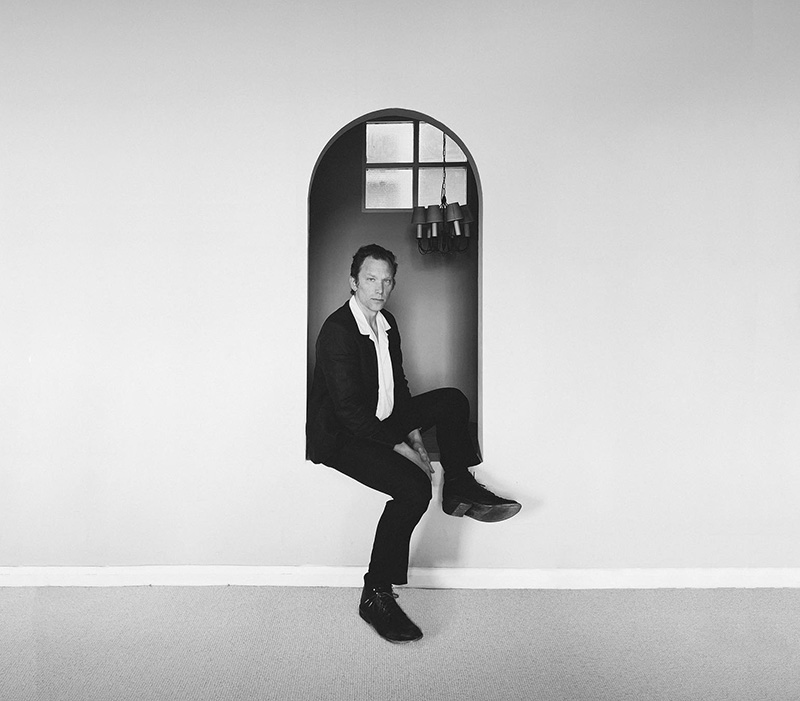Leaving the Past Behind Nguyen Duy Tri • Lonely Empty Room • 2022: Embracing Change

“Leaving the Past Behind” by Nguyen Duy Tri, featured in “Lonely Empty Room” (2022), encapsulates a powerful narrative of overcoming and growth. The artwork symbolizes emotional isolation and the longing for change, echoing Tri’s personal journey.
Tri’s skillful use of symbolism and emotional depth evokes a resonance with the viewer, making “Leaving the Past Behind” a compelling and thought-provoking piece. The artwork’s inspiration stems from Tri’s own experiences, offering a poignant exploration of the human experience.
_UNLOCKING THE MYSTERY OF YOUR LIFE WITH US_

Credit: www.americanpancake.com
Nguyen Duy Tri’s Lonely Empty Room
Nguyen Duy Tri’s “Lonely Empty Room” captures the emotional essence of isolation and a profound sense of yearning. In this artwork, the artist’s unique portrayal of a desolate space serves as a poignant representation of the human experience, evoking feelings of solitude and longing.
Symbolism In Tri’s Artwork
The profound symbolism imbued within Nguyen Duy Tri’s creations transcends conventional artistry. Each stroke and hue conveys a depth of emotion, resonating with viewers on a visceral level. His artwork symbolizes the complexities of the human psyche, embracing the intricacies of introspection and self-discovery.
The Lonely Empty Room As A Representation Of Isolation And Longing
Nguyen Duy Tri’s depiction of the lonely empty room encapsulates the palpable sense of isolation and longing experienced by individuals. The vacant space symbolizes a yearning for connection and the profound impact of solitude on the human spirit. Through the poignant imagery of emptiness, Tri’s artwork offers a profound reflection on the universal longing for companionship and understanding.

Credit: www.americanpancake.com
Embracing Change: Nguyen Duy Tri’s Journey
In the intricate dance of life, the notion of leaving the past behind becomes a pivotal theme in the compelling narrative of Nguyen Duy Tri. Tri’s artwork is filled with powerful symbolism that captures the emotions of the viewer. The lonely empty room represents a sense of isolation and longing, diving deep into Tri’s personal feelings and the inspiration behind his artwork.
Tri’s Personal Feelings Of Isolation And Longing
The lonely empty room in Nguyen Duy Tri’s artwork encapsulates his personal feelings of isolation and longing. It serves as a poignant reflection of his inner emotions, resonating with individuals who have experienced similar sentiments. Through his art, Tri conveys the universality of such emotions, forging an emotional connection with his audience.
The Inspiration Behind His Artwork
The inspiration behind Nguyen Duy Tri’s artwork can be traced back to his deep-seated feelings of isolation and longing. Driven by his own experiences, Tri channels his emotional depth into his creative process, infusing each artwork with profound meaning. His evocative pieces serve as a testament to the human experience, exhibiting the power of art to express and transcend complex emotions.
Rediscovering Emotion: Nguyen Duy Tri’s ‘forgot Love’
In Nguyen Duy Tri’s ‘Forgot Love,’ rediscover emotion as he leaves the past behind in his poignant work, ‘Lonely Empty Room’ from 2022. The art symbolizes isolation and longing, capturing powerful emotions through poetic symbolism and personal experiences.
Exploring Tri’s Piece ‘forgot Love’
In the intricacies of Nguyen Duy Tri’s artistic journey, his piece ‘Forgot Love’ holds a mesmerizing allure. This captivating artwork presents a powerful exploration of the themes of rediscovery and emotion, inviting viewers to delve into their own nostalgic experiences and reflect on the intricacies of the human heart.
The Themes Of Rediscovery And Emotion In His Work
Nguyen Duy Tri’s ‘Forgot Love’ is a poignant reflection on the human experience and the challenges of leaving the past behind. Through his artistic medium, Tri skillfully captures the delicate nature of rediscovery and emotion, evoking a profound sense of introspection within the viewer.
- The artwork speaks to the universal struggle of letting go, as Tri artfully portrays the complexities of leaving behind memories and emotions that are deeply ingrained in our hearts.
- Tri’s use of vibrant colors and intricate details in ‘Forgot Love’ immerses the viewer in a sensory experience, evoking suppressed emotions and questioning the depths of their own past.
- The juxtaposition of light and darkness in Tri’s piece creates a metaphorical representation of the emotional journey we embark on when attempting to let go of the past.
Indeed, ‘Forgot Love’ invites us to confront our own repertoire of emotions and experiences, urging us to explore the depths of our heart and rediscover the essence of love in its purest form.
The Captivating World Of Breeze Nguyen Duy Tri
Delve into the unique realm of Breeze Nguyen Duy Tri, where art transcends boundaries and emotions speak louder than words. Explore the depths of his creativity that captivate and inspire all who glimpse into his world.
An Overview Of Breeze Nguyen Duy Tri’s Artistic Journey
Nguyen Duy Tri’s artistic voyage is a mesmerizing tapestry of emotion and symbolism. From the depths of isolation to the heights of inspiration, each brushstroke tells a story of resilience and transformation.
Understanding His Enigmatic Acid Madness
Acid Madness, a term coined by Tri, symbolizes the chaotic beauty that emerges from inner turmoil. Through vivid colors and intricate patterns, he invites viewers to embrace the complexity of human emotions.

Credit: issuu.com
Frequently Asked Questions Of Leaving The Past Behind Nguyen Duy Tri • Lonely Empty Room • 2022
What Is The Significance Of “leaving The Past Behind” In Nguyen Duy Tri’s Art?
Answer: Nguyen Duy Tri’s art symbolizes moving forward from past struggles, embracing change and new beginnings through the lonely empty room motif.
How Does Nguyen Duy Tri’s Artwork Convey Emotions Of Isolation And Longing?
Answer: Tri’s powerful symbolism in the lonely empty room artwork captures a sense of isolation, longing, and deep emotions that resonate with viewers.
What Inspires Nguyen Duy Tri To Create The “lonely Empty Room” Series?
Answer: Tri’s inspiration stems from his personal feelings of isolation and longing, which he translates into creative expressions through his artwork.
What Themes Are Explored In Nguyen Duy Tri’s “leaving The Past Behind” Narrative?
Answer: Tri’s narrative delves into themes of self-discovery, letting go of the past, embracing change, and the journey towards personal growth and transformation.
Conclusion
Nguyen Duy Tri’s “Lonely Empty Room” artwork captures the essence of leaving the past behind. Through powerful symbolism, Tri portrays emotions of isolation and longing. This evocative piece resonates with viewers, reminding us of our own journeys of embracing change and rediscovering our emotions.
As we gaze at the lonely empty room, we are reminded that moving forward means letting go of the past. Nguyen Duy Tri’s art represents a timeless reminder of the power of growth and transformation.



